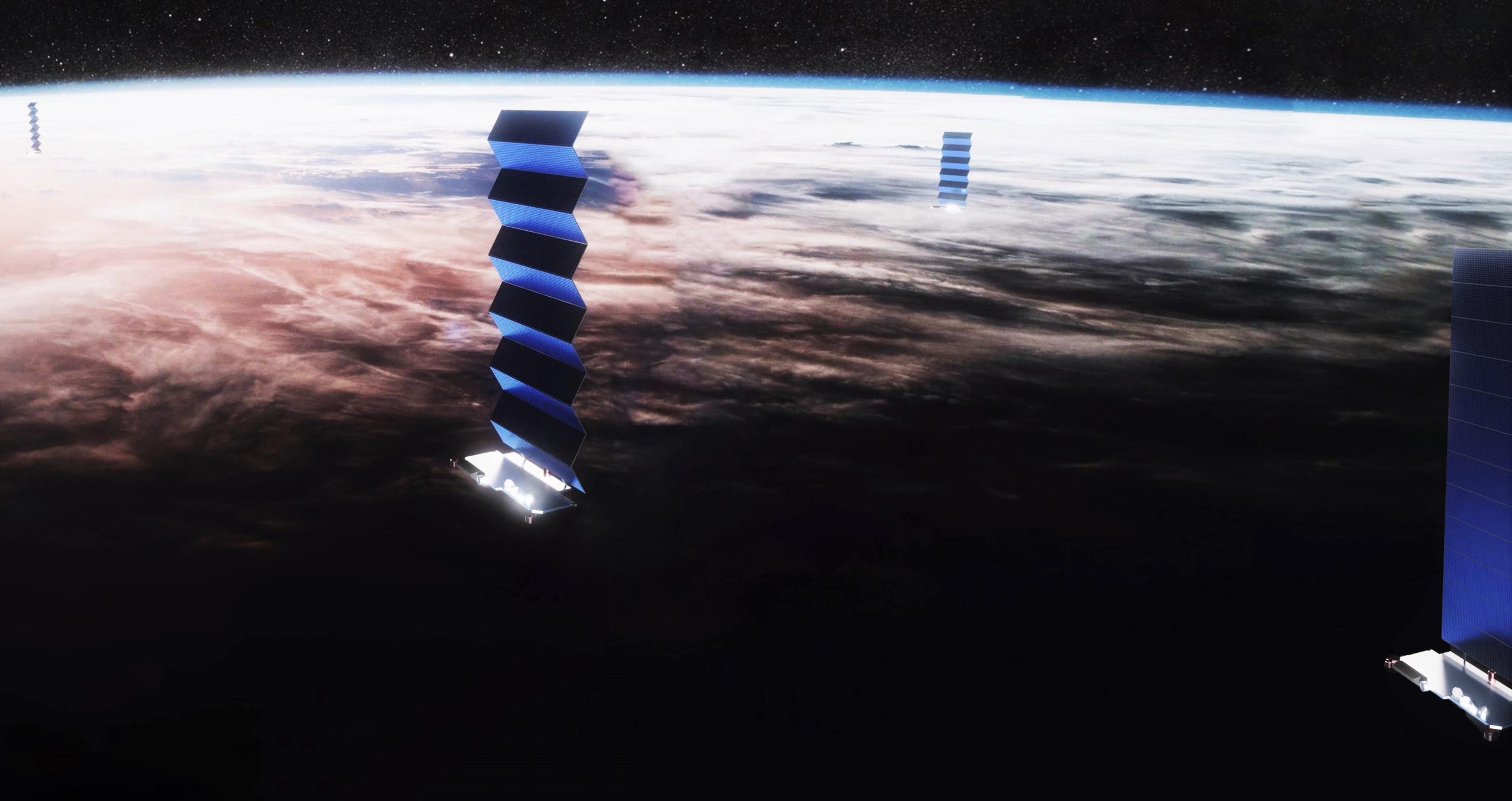
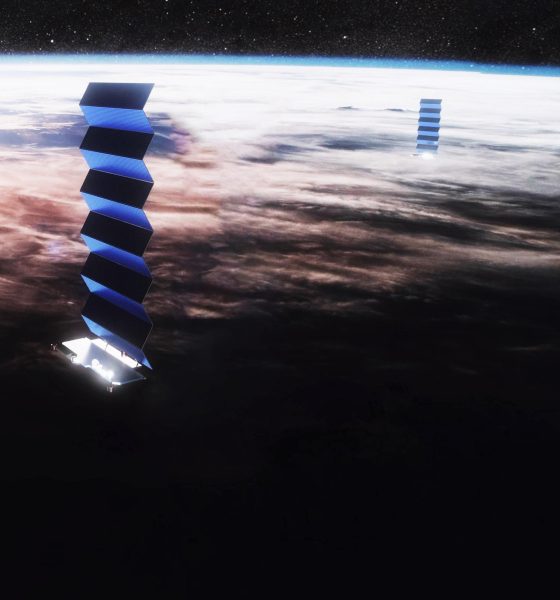
News
SpaceX wants to launch almost 1.5k Starlink satellites next year – that’s a necessity
First reported by SpaceNews, in attendance at the 2019 World Satellite Business Week in Paris, France, SpaceX President and COO Gwynne Shotwell says that the company has plans for as many as 24 dedicated Starlink launches in 2020.
This news comes less than four months after SpaceX’s inaugural Starlink launch – placing 60 prototype spacecraft in orbit on May 24th – and roughly one and a half months before a planned burst of 2-4 more Starlink missions in the final months of 2019. By leveraging the proven reusability of Falcon 9 boosters and probable reusability of Falcon payload fairings, Shotwell believes that the company can simultaneously launch dozens of Starlink missions while still regularly launching customer spacecraft next year.
Extrapolating from SpaceX’s 60-satellite Starlink launch debut, 24 dedicated Starlink missions launched via Falcon 9 rockets would translate to at least 1440 satellites placed in orbit in 2020. In a best-case scenario, SpaceX also wants to launch another four missions before the end of 2019, potentially leaving the company with more than 1700 satellites in orbit by the end of next year.
In roughly 18 months, SpaceX could thus single-handedly almost double the number of functional satellites in orbit – relative to the ~2000 currently under control. Of course, SpaceX is famous for eventually accomplishing almost every problem it sets its gaze on, but not without delays. Even achieving 12 launches – half as many as hoped for – would be a huge milestone, giving SpaceX control of the largest satellite constellation ever launched, capable of supporting an instantaneous bandwidth of ~18 terabits per second (Tbps).
Although it sounds (and is) incredibly ambitious, the reality is that that launch rate is just shy of a necessity for SpaceX to retain Starlink’s two FCC launch and operations licenses. It’s not 100% accurate, as the constellations – one around 1000 km and the other around 350 km – were granted licenses about half a year apart, but SpaceX essentially needs to launch half of its ~11,900-satellite constellation by November 2024. This gives SpaceX a little over five years from the time of this article’s publishing to launch almost 6000 satellites, translating to roughly 3.3 satellites per day or 100 satellites per month.
At 24 annual launches of 60 satellites apiece, SpaceX would average exactly 120 satellites per month, leaving a decent margin for failed or delayed launches and dead satellites. Nevertheless, although it’s extremely unlikely that the FCC would retract SpaceX’s Starlink launches after the company has launched thousands of satellites, those licenses also come with a requirement that the second half of the constellation be launched within seven years of receipt.
In the event that SpaceX manages to launch almost 6000 satellites by November 2024, this means that the company will have to almost double its effective launch cadence to fully complete Starlink by November 2027. It’s safe to say that, short of total corporate dissolution, SpaceX’s next-generation Starship launch vehicle will be operational by 2024, but in the event that Falcon 9 is still the only practical option, SpaceX would need to average almost three Starlink launches per month.
According to SpaceX, approximately a third of those 24 Starlink launches will include a small amount of extra capacity for small satellites seeking affordable access to space. Following demand that apparently far outstretched SpaceX’s anticipated interest in a new Smallsat Program, the company significantly widened its scope and lowered the base price to just $1M for up to 200 kg (440 lb) of cargo, while also announcing that some Starlink launches would include latent capacity. Public schedules show that as many as 9 Starlink missions could feature additional smallsats in 2020, followed by up to 13 in 2021.
Check out Teslarati’s Marketplace! We offer Tesla accessories, including for the Tesla Cybertruck and Tesla Model 3.

Elon Musk
GM CEO Mary Barra says she told Biden to give Tesla and Musk EV credit
“He was crediting me, and I said, ‘Actually, I think a lot of that credit goes to Elon and Tesla…You know me, Andrew. I don’t want to take credit for things.”
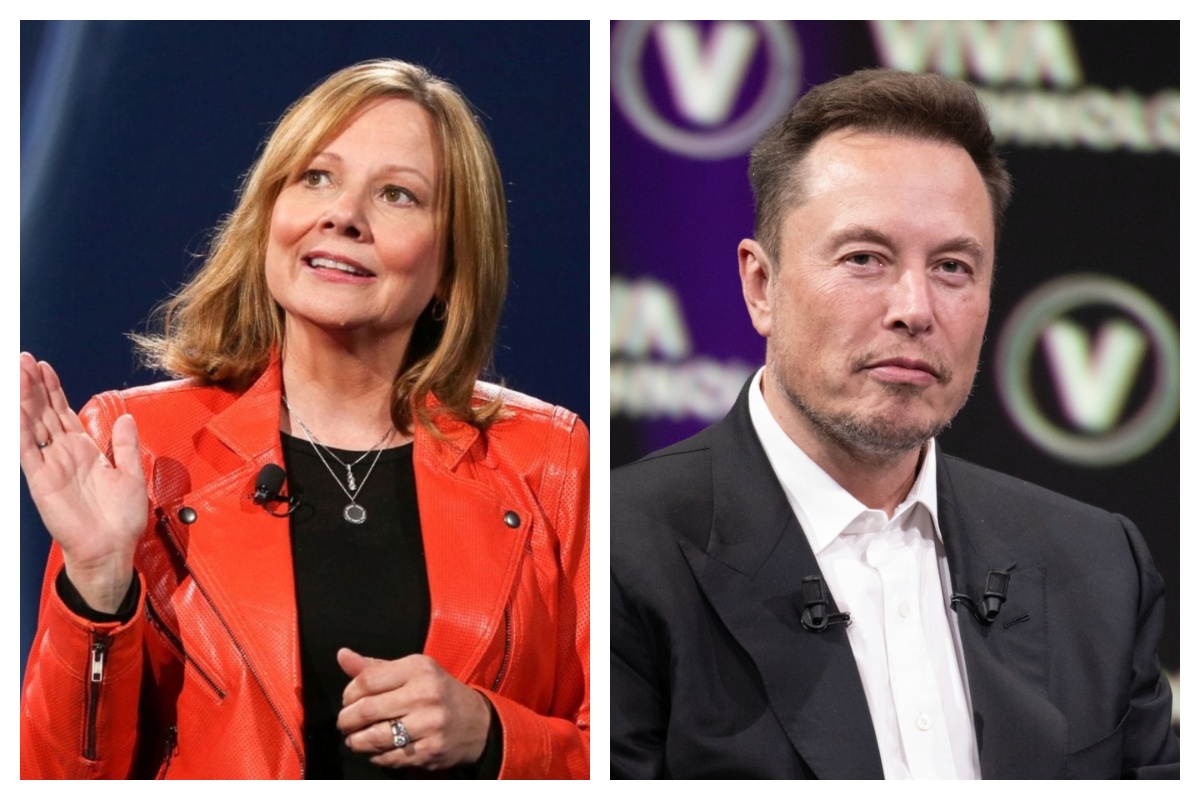
General Motors CEO Mary Barra said in a new interview on Wednesday that she told President Joe Biden to credit Tesla and its CEO, Elon Musk, for the widespread electric vehicle transition.
She said she told Biden this after the former President credited her and GM for leading EV efforts in the United States.
During an interview at the New York Times Dealbook Summit with Andrew Ross Sorkin, Barra said she told Biden that crediting her was essentially a mistake, and that Musk and Tesla should have been explicitly mentioned (via Business Insider):
“He was crediting me, and I said, ‘Actually, I think a lot of that credit goes to Elon and Tesla…You know me, Andrew. I don’t want to take credit for things.”
GM CEO Mary Barra said to Andrew Sorkin at the New York Times Dealbook Summit that she pulled President Biden aside and said Tesla CEO @elonmusk deserved the credit for EVs:
“He was crediting me, and I said, ‘Actually, I think a lot of that credit goes to Elon and Tesla,'” Barra… pic.twitter.com/OHBTG1QfbJ
— TESLARATI (@Teslarati) December 3, 2025
Back in 2021, President Biden visited GM’s “Factory Zero” plant in Detroit, which was the centerpiece of the company’s massive transition to EVs. The former President went on to discuss the EV industry, and claimed that GM and Barra were the true leaders who caused the change:
“In the auto industry, Detroit is leading the world in electric vehicles. You know how critical it is? Mary, I remember talking to you way back in January about the need for America to lead in electric vehicles. I can remember your dramatic announcement that by 2035, GM would be 100% electric. You changed the whole story, Mary. You did, Mary. You electrified the entire automotive industry. I’m serious. You led, and it matters.”
People were baffled by the President’s decision to highlight GM and Barra, and not Tesla and Musk, who truly started the transition to EVs. GM, Ford, and many other companies only followed in the footsteps of Tesla after it started to take market share from them.
Elon Musk and Tesla try to save legacy automakers from Déjà vu
Musk would eventually go on to talk about Biden’s words later on:
“They have so much power over the White House that they can exclude Tesla from an EV Summit. And, in case the first thing, in case that wasn’t enough, then you have President Biden with Mary Barra at a subsequent event, congratulating Mary for having led the EV revolution.”
In Q4 2021, which was shortly after Biden’s comments, Tesla delivered 300,000 EVs. GM delivered just 26.
News
Tesla Full Self-Driving shows confident navigation in heavy snow
So far, from what we’ve seen, snow has not been a huge issue for the most recent Full Self-Driving release. It seems to be acting confidently and handling even snow-covered roads with relative ease.
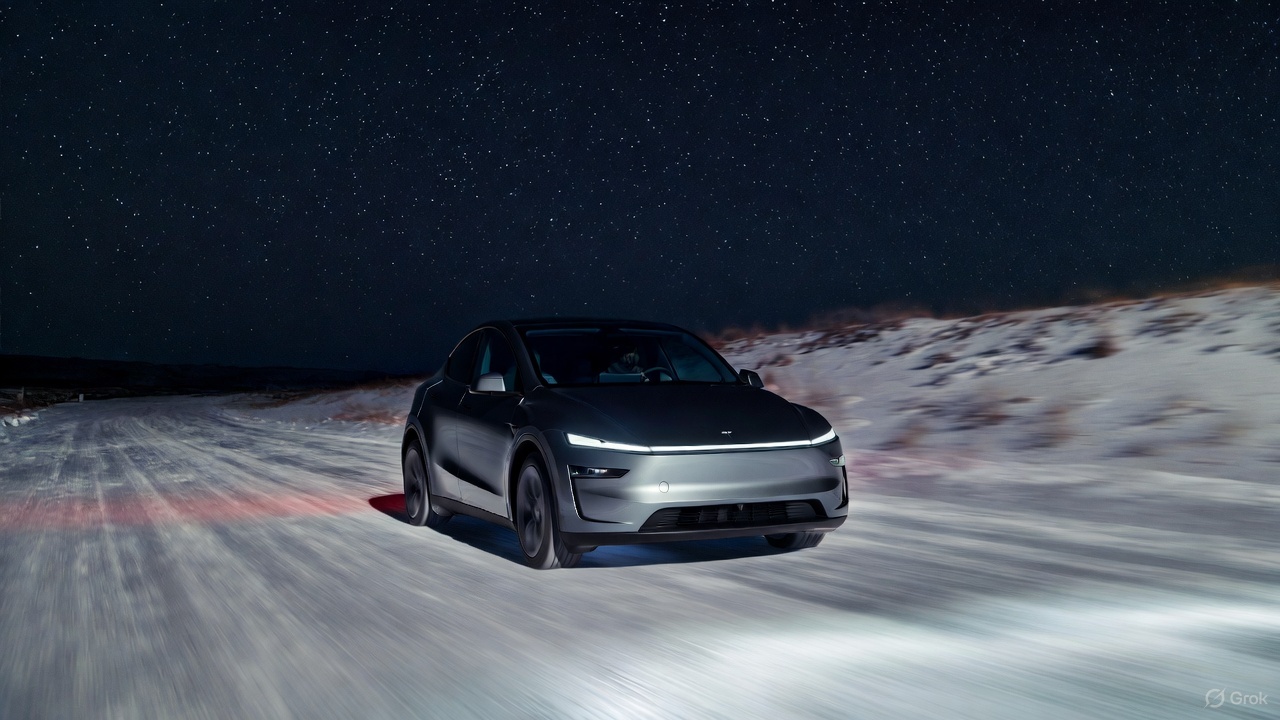
Tesla Full Self-Driving is getting its first taste of Winter weather for late 2025, as snow is starting to fall all across the United States.
The suite has been vastly improved after Tesla released v14 to many owners with capable hardware, and driving performance, along with overall behavior, has really been something to admire. This is by far the best version of FSD Tesla has ever released, and although there are a handful of regressions with each subsequent release, they are usually cleared up within a week or two.
Tesla is releasing a modified version of FSD v14 for Hardware 3 owners: here’s when
However, adverse weather conditions are something that Tesla will have to confront, as heavy rain, snow, and other interesting situations are bound to occur. In order for the vehicles to be fully autonomous, they will have to go through these scenarios safely and accurately.
One big issue I’ve had, especially in heavy rain, is that the camera vision might be obstructed, which will display messages that certain features’ performance might be degraded.
So far, from what we’ve seen, snow has not been a huge issue for the most recent Full Self-Driving release. It seems to be acting confidently and handling even snow-covered roads with relative ease:
FSD 14.1.4 snow storm Ontario Canada pic.twitter.com/jwK1dLYT0w
— Everything AI (@mrteslaspace) November 17, 2025
I found the steepest, unplowed hill in my area and tested the following:
• FSD 14.2.1 on summer tires
• FSD 14.2.1 on winter tires
• Manual drivingBut I think the most impressive part was how FSD went DOWN the hill. FSD in the snow is sublime $TSLA pic.twitter.com/YMcN7Br3PU
— Dillon Loomis (@DillonLoomis) December 2, 2025
Well.. I couldn’t let the boys have all the fun!
Threw the GoPro up and decided to FSD v14.2.1 in the snow. Roads were not compacted like the other day, a little slippery, but overall doable at lower speeds. Enjoy the video and holiday music 🎶
Liked:
Took turns super slow… pic.twitter.com/rIAIeh3Zu3— 🦋Diana🦋 (@99_Colorado) December 3, 2025
Moving into the winter months, it will be very interesting to see how FSD handles even more concerning conditions, especially with black ice, freezing rain and snow mix, and other things that happen during colder conditions.
We are excited to test it ourselves, but I am waiting for heavy snowfall to make it to Pennsylvania so I can truly push it to the limit.
News
Tesla hosts Rome Mayor for first Italian FSD Supervised road demo
The event marked the first time an Italian mayor tested the advanced driver-assistance system in person in Rome’s urban streets.
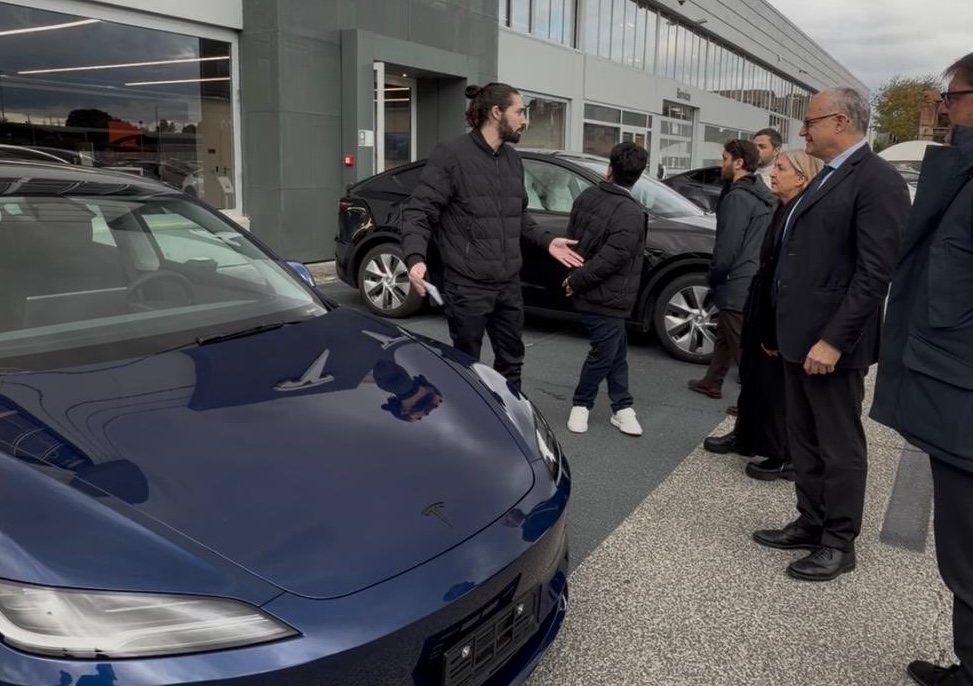
Tesla definitely seems to be actively engaging European officials on FSD’s capabilities, with the company hosting Rome Mayor Roberto Gualtieri and Mobility Assessor Eugenio Patanè for a hands-on road demonstration.
The event marked the first time an Italian mayor tested the advanced driver-assistance system in person in Rome’s urban streets. This comes amid Tesla’s push for FSD’s EU regulatory approvals in the coming year.
Rome officials experience FSD Supervised
Tesla conducted the demo using a Model 3 equipped with Full Self-Driving (Supervised), tackling typical Roman traffic including complex intersections, roundabouts, pedestrian crossings and mixed users like cars, bikes and scooters.
The system showcased AI-based assisted driving, prioritizing safety while maintaining flow. FSD also handled overtakes and lane decisions, though with constant driver supervision.
Investor Andrea Stroppa detailed the event on X, noting the system’s potential to reduce severe collision risks by up to seven times compared to traditional driving, based on Tesla’s data from billions of global fleet miles. The session highlighted FSD’s role as an assistance tool in its Supervised form, not a replacement, with the driver fully responsible at all times.
Path to European rollout
Tesla has logged over 1 million kilometers of testing across 17 European countries, including Italy, to refine FSD for local conditions. The fact that Rome officials personally tested FSD Supervised bodes well for the program’s approval, as it suggests that key individuals are closely watching Tesla’s efforts and innovations.
Assessor Patanè also highlighted the administration’s interest in technologies that boost road safety and urban travel quality, viewing them as aids for both private and public transport while respecting rules.
Replies on X urged involving Italy’s Transport Ministry to speed approvals, with one user noting, “Great idea to involve the mayor! It would be necessary to involve components of the Ministry of Transport and the government as soon as possible: it’s they who can accelerate the approval of FSD in Italy.”








